TABLE OF CONTENTS
Your favorite cannabis concentrates, edibles, and topicals are made through a cannabis extraction process that isolates the plant’s therapeutic resin and infuses it into the product.
Here, we cover the most common types of cannabis extraction processes.
What Is Cannabis Extraction?
An Ancient Technique
Cannabis extraction has a long history dating back thousands of years to the Indian charas, a cannabis concentrate made by rubbing the plant to remove its sticky trichomes. The resin balls or sticks could be smoked in a chillum pipe.
Modern-day Extraction
Today, we can use cutting-edge equipment and chemical solvents in laboratory settings to quickly, safely, and efficiently create a pure and potent concentrate. Extraction methods that don’t use chemicals can also produce high-quality concentrates.
Solvent-based Extraction
- Hydrocarbon extraction (also known as butane hash oil extraction)
- Ethanol extraction
- Supercritical carbon dioxide extraction
Solventless Extraction
- Dry sifting
- Ice water extraction
- Rosin pressing
Types of Cannabis Concentrates
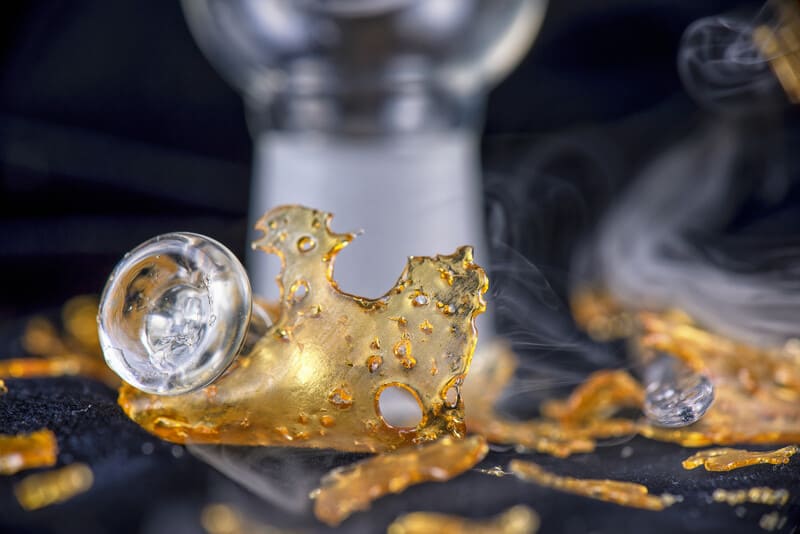
Cannabis concentrates are high-potency products that come in various consistencies and potencies. Here are the most common types of solventless and solvent-based concentrates.
Solvent-based
- Shatter is hard, brittle, translucent, has relatively low terpene levels, and is made with CO2 or hydrocarbon extraction.
- Crumble, also known as honeycomb wax, has a dry and crumbly consistency and is made using hydrocarbon extraction.
- Budder has a soft and creamy consistency and is made with CO2 or hydrocarbon extraction.
- Live resin has a grainy and saucy consistency, is made using hydrocarbons, and has a relatively high concentration of terpenes from fresh-frozen cannabis instead of dried cannabis.
- Terp sauce is a blend of cannabinoid “diamond” crystals and liquid terpene sauce. This concentrate is made with hydrocarbons.
- Distillate is a highly refined concentrate containing 90%+ of one cannabinoid and can be made using hydrocarbon or ethanol as a solvent.
- Isolates are cannabinoid crystals or powders that contain 99.9% THCA or CBD, made using hydrocarbons as a solvent.
Solventless
- Rosin has a dense and sappy consistency and is made by pressing the dried plant material at high pressures.
- Live rosin is similar to rosin but uses bubble hash as its starting material instead of dried cannabis flower.
- Hash has a firm and malleable consistency and is made by compressing cannabis trichomes (kief) into balls or other forms.
- Kief refers to a pile of powdery and sticky trichomes obtained through dry sifting or ice-water extraction.
- Bubble hash is a high-quality hash made using fresh-frozen cannabis through an ice-water extraction process.
Solventless Cannabis Extraction
Solventless extraction methods do not use chemical solvents but heat, pressure, or ice water to separate the trichomes from the dried plant material.
Dry Sifting
Dry sifting on a basic level can be done in a cannabis grinder when the kief falls through the middle chamber to the bottom chamber. Commercial producers use a series of mesh screens and shake the dried material over them to break off and filter the trichomes (kief).
Ice-Water Extraction
Ice water extraction involves submerging cannabis in a bucket lined with filter bags (bubble bags) and filled with ice water. The idea is to freeze and break off the trichomes by gently stirring the material. The trichomes are filtered through the bags and collected.
Rosin Pressing
Rosin pressing involves compressing dried plant material to crush out the resinous oil. A similar process can be done using a simple hair straightener on the low setting and some parchment paper covering the nugs.
Solvent-Based Cannabis Extraction
Solvent-based extraction occurs in a closed loop system using chemical solvents such as ethanol, hydrocarbons, and supercritical carbon dioxide. These methods require more safety precautions to protect against toxicity, fire, and explosions.
Hydrocarbon Extraction
Hydrocarbons such as propane and butane are used due to their relatively low boiling point compared to other methods. This allows processors to extract more terpenes, which are known to have a lower boiling point than cannabinoids.
During the hydrocarbon extraction process, hydrocarbons are passed through the cannabis, dissolving the trichomes from the plant matter. The crude oil undergoes a vacuum purge to remove the residual solvent from the final extract.
Ethanol Extraction
Ethanol is generally used for high-volume hemp extraction. As a polar compound, ethanol can dissolve various compounds, including an excess of chlorophyll, which can create a bitter or harsh taste and requires further distillation to remove.
Ethanol extraction can be performed under warm or cold conditions. Warm temperatures can dissolve a greater range of cannabis compounds, good for full-spectrum extraction. Cryogenic (cold) extractions can reduce the fats and lipids in the extraction process, thereby reducing the need for winterization and streamlining high-volume production.
Supercritical Carbon Dioxide Extraction
Supercritical carbon dioxide (CO2) is a state where this solvent acts like a liquid and a gas, diffusing throughout the dried material and dissolving the trichomes like a liquid. Supercritical CO2 is considered one of the most eco-friendly and safest extraction methods.
During this process, extractors pump the CO2 at high pressures and temperatures through the cannabis to dissolve the cannabinoids. A subcritical extraction uses lower temperatures and pressures to remove the terpenes and the cannabinoids at a higher temperature and pressure. Winterization using ethanol may be required to remove fats, lipids, and waxes.
The difficult process of extracting cannabis aims to separate and concentrate the beneficial chemicals, like terpenes and cannabinoids, while removing undesirable plant material. There are various extraction techniques, and each has its own advantages, vendors, equipment requirements, safety precautions, and processes.
This is a thorough overview of the most used techniques for extracting cannabis:
- Extractions Based on Solvents
a. Hydrocarbon (propane and butane) Extraction
How to do it:
Plant material for cannabis is arranged in a column.
To extract the terpenes and cannabinoids from the plant material, a solvent such as butane or propane is poured through it.
In a vacuum oven, the solvent is subsequently removed from the solution.
Required equipment:
closed-loop method of extraction
Procedures: Vacuum oven Recovery tank Solvent tank
Get the biomass ready.
Fill the column with materials.
Before injecting the solvent into the column, let it cool.
Permit the plant material to be soaked by the solvent.
Gather the sample.
Make use of vacuum and heat to rid the solvent.
Security:
Be in accordance with C1D1 (Class 1 Division 1) and work in a well-ventilated location.
Use tools that won't spark.
Get the necessary training for using the equipment.
Benefits of Supercritical Extraction Solutions for Precision Extraction:
high retention of terpenes
strong final product
fairly quick procedure
b. Extracting Ethanol
How to do it:
The terpenes and cannabinoids in the cannabis are dissolved by soaking or washing it in ethanol.
After the ethanol is eliminated, the solution is filtered and made more concentrated.
Required equipment:
Tanks for soaking or centrifuge
The filtering system
Falling film evaporator or rotary evaporator
Stages:
Lower the temperature of the ethanol to below zero.
Soak the hemp fiber in ethanol.
Filter the mixture to get rid of any plant debris.
Evaporate the ethanol to concentrate the mixture.
Security:
Make use of explosive-resistant gear.
Operate in an area with enough ventilation.
Businesses:
Benefits of Ecodyst Capna Systems:
scalable to accommodate high output
Able to generate Full Spectrum Extracts
Generally safe solvent c. Supercritical and subcritical CO2 extraction
How to do it:
Supercritical CO2 is produced by pressing CO2 above its critical point, and it functions as a solvent.
Terpenes and cannabinoids are extracted from cannabis by passing it through supercritical CO2.
In order to remove the extract from the CO2, less pressure is applied.
Required equipment:
Compressor Separator vessels, CO2 extraction machine (closed-loop system) Steps:
Place the marijuana into the extraction chamber.
Raise the CO2 level to supercritical.
Allow supercritical CO2 to pass through the substance.
Fill separator vessels with the extracted material.
Security:
Make sure every piece of equipment is high pressure rated.
Observe appropriate operational procedures and training.
Businesses:
Benefits of Apeks Supercritical Eden Labs:
Unremaining solvents
exact control over the parameters of extraction
ecologically favorable
- Extractions Without Solvents
Dry Sift (a)
How to do it:
Screens are used to shake dry cannabis in order to separate the trichomes from the plant material.
Required equipment:
Steps to collect the screens or tumblers that are dry sifted:
Prepare the dried cannabis and freeze it.
Shout at screens.
Gather the separated trichomes.
Security:
There are no serious safety issues because there are no solvents.
Businesses:
Benefits of Bubbleman Triminator:
Solvents are not needed.
Pure trichome gathering b. Pressing rosin
How to do it:
To extract the oils from cannabis flowers or hash, heat and pressure are used.
Required equipment:
Procedure: Rosin press (manual, hydraulic, or pneumatic) parchment paper Gathering tool
Warm up the press.
Line a piece of parchment paper with hemp.
Apply pressure and heat.
Gather up the rosin.
Security:
Watch out for hot surfaces and intense pressure.
Businesses:
“
There are over 300,000 jobs in the cannabis industry. CTU trained me for one of them!

Makes $24.50 @ THC +
Benefits of Rosin Tech Products PurePressure:
Absent solvents
Instantaneous product readiness
holds terpenes effectively
Cannabis extraction is a highly specialized process, with different methods requiring different equipment and offering unique benefits. The final product that is intended, the production volume, and safety factors all influence the extraction process selection.
Safety should always come first, so make sure you have enough ventilation, use non-sparking tools, and follow local and state laws.
It's advisable to get in touch with the aforementioned businesses directly for information on specific equipment and the newest developments in extraction technology, or look for industry trade exhibitions where these developments are on display.
Furthermore, make sure that the equipment satisfies all safety regulations and that the operators are properly educated.
It is frequently advised that those without significant training and experience avoid attempting cannabis extraction procedures at home, especially solvent-based extractions, due to the intricacy and risks involved.
Train to Become a Cannabis Extraction Technician at CTU
Cannabis Training University’s Master of Cannabis program provides a well-rounded education on the cannabis industry. Learn the latest laws and regulations and different cannabis extraction techniques. You’ll also learn to grow weed and make extracts and edibles at home. Enroll in our cannabis extraction program today!

Karen Getchell
Karen gained expertise in developing training programs and technical documentation as a Senior Editor at Cisco Systems. She began her journey in cannabis as a patient, searching for a way to heal herself. When she perfected a method for making cannabis oil, other patients began to seek her out. An early adopter of CBD medicine, she started her CBD-infused-products business in 2014. Over the last two decades, Karen has taught hundreds of patients and caregivers how to select strains, infuse oils, and extract cannabinoids.
When she isn’t teaching cannabis cooking classes, Karen works as a cannabis business consultant, writes for online cannabis publications like Cannabis Training University, Leafly, and Weedmaps, and runs a CBD-infused-product business.






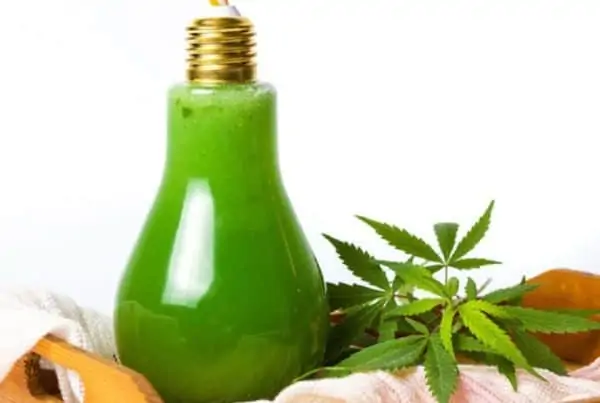
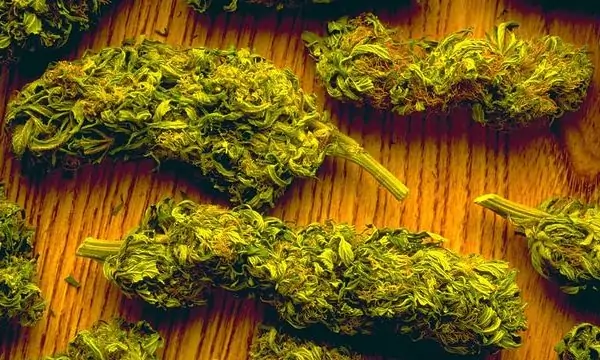
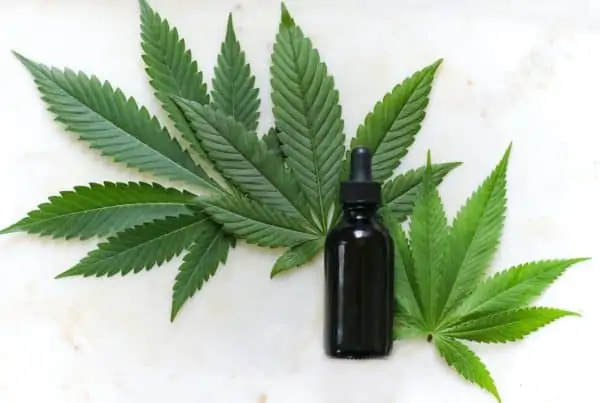

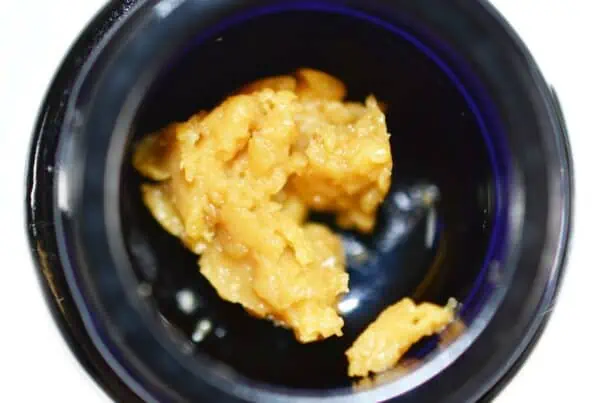

 Jeff was involved in an accident where he endured a traumatic brain injury. He had a week-long stay in ICU where brain surgeons
Jeff was involved in an accident where he endured a traumatic brain injury. He had a week-long stay in ICU where brain surgeons  100% risk free money back guarantee within 48 hours after purchase if student has not completed any of the courses or exams.
100% risk free money back guarantee within 48 hours after purchase if student has not completed any of the courses or exams.